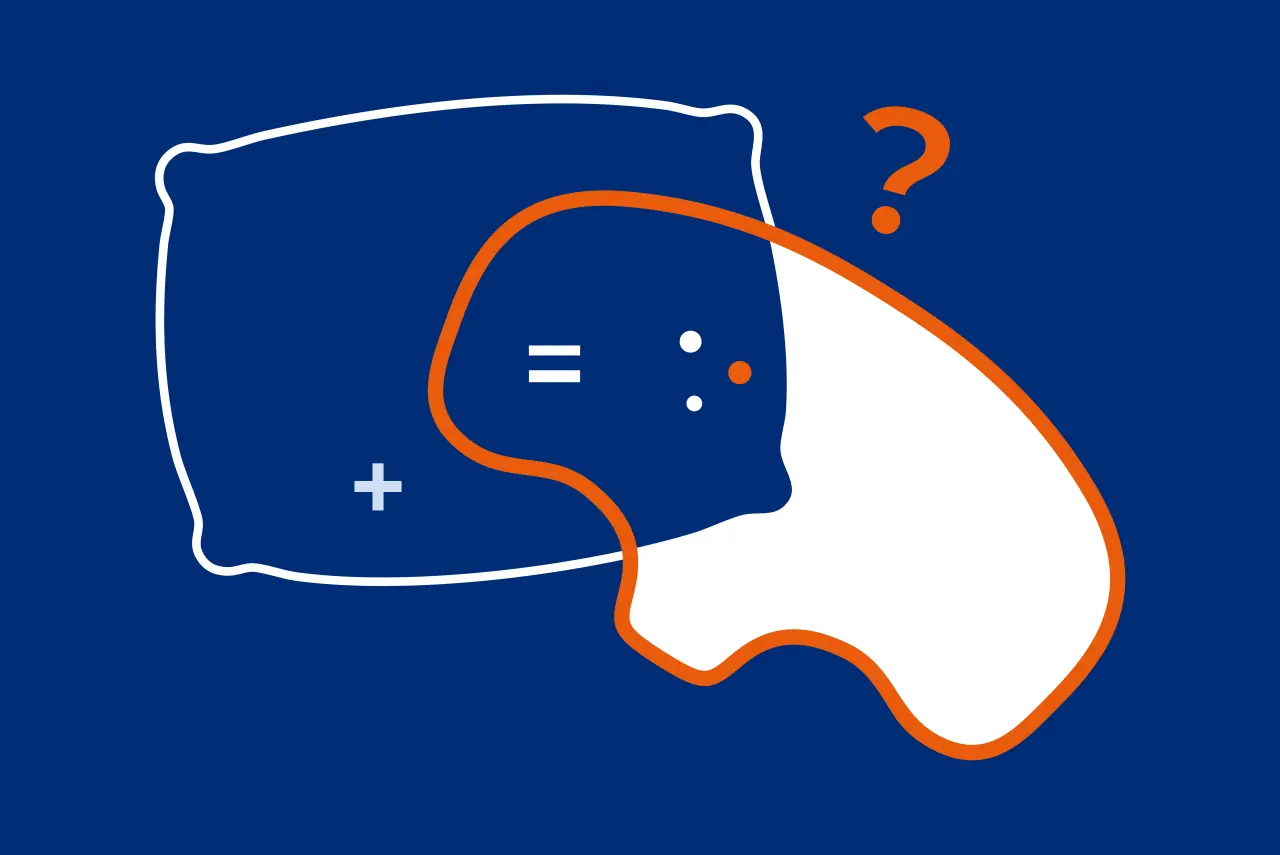To provide services at the highest level, we use cookies. Using the website requires you to choose settings related to their storage on your device. If you want to know what each type of cookie is used for, click the Details button below.
Not every pillow is created equal!20 października 2025 |

The best pillows should be bought from trusted sources - preferably directly from the manufacturer. For example, at www.onsen.eu you?ll find products with clearly described specifications, so you know exactly what you're buying. It?s also important to have the option to test the pillow calmly at home and return it if it doesn't meet expectations. The Polish company Onsen Sp. z o.o. offers a full 100-day trial.
The best pillows are filled with high-resilience foam. This type of foam provides stable support, doesn't collapse due to body heat, and is breathable. This results in a more comfortable and hygienic sleep. Unlike many popular materials, high-resilience foam retains its shape and properties for a long time.
Pillows that improve sleep are those that properly support the head and neck. This keeps the spine in a natural alignment, relaxes the muscles, and makes breathing easier. A well-chosen pillow helps you fall asleep faster, sleep through the night without waking up, and wake up pain-free.
Flat pillows are not always the best option. For many people, they don?t provide enough neck support, which can lead to neck and head pain after waking up. An exception might be back sleepers - a lower pillow can help them maintain a natural spinal position, provided the pillow has a contour that supports the cervical spine.
An overly high pillow raises the head unnaturally and causes excessive neck bending. This can lead to muscle tension, difficulty breathing, and pain in the neck, shoulders, or head. The right pillow lets you lie in a position where your head and spine are in a straight line.